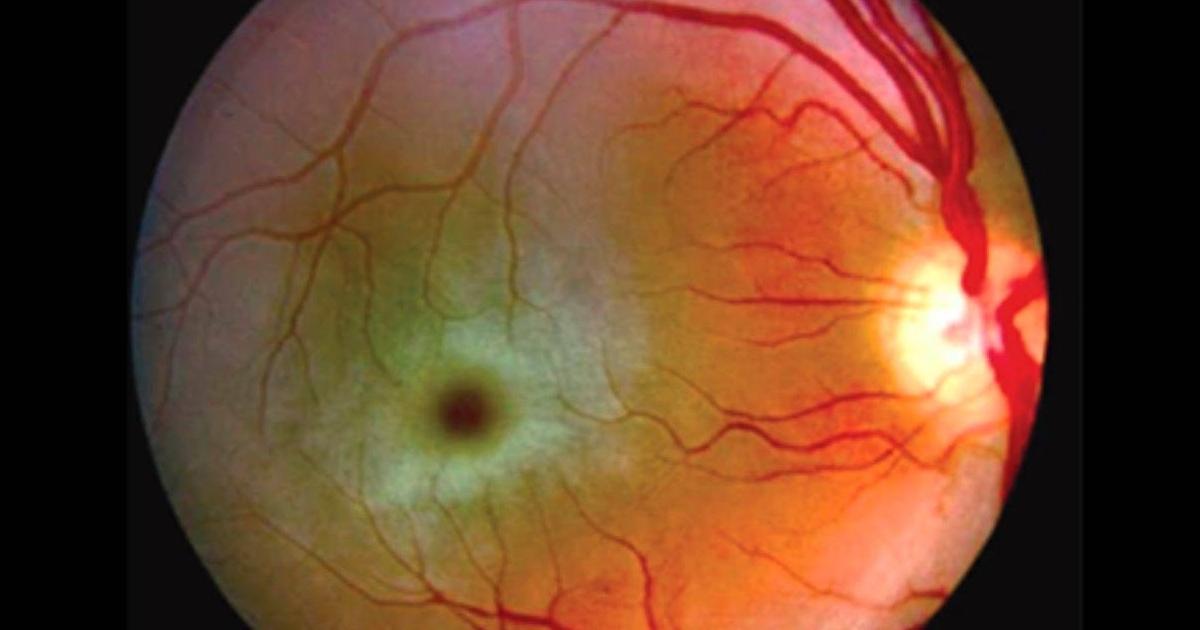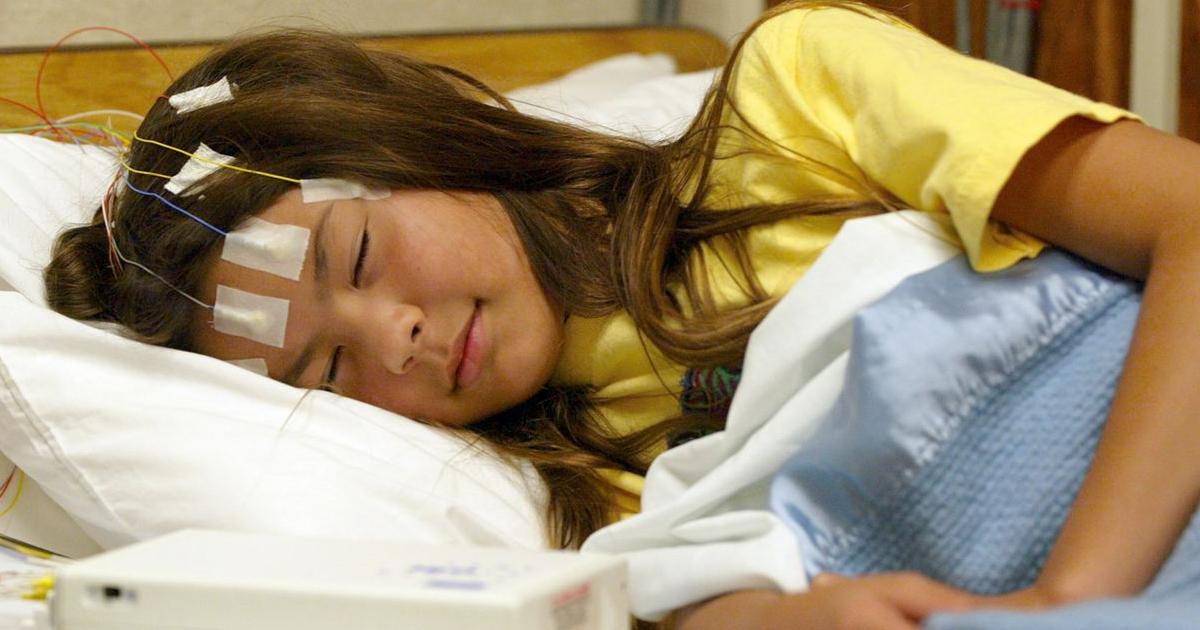Guide To The Symptoms Of Tay-Sachs Disease
Tay-Sachs disease is a rare hereditary disorder that occurs when the body lacks an enzyme that can break down fatty substances. These substances, gangliosides, accumulate in the child's brain until they reach toxic levels. They cause the nerve cells to stop functioning properly. Progression of the disease causes a loss of muscle control, which leads to eventual blindness, muscle paralysis, and death. For prospective parents with a Tay-Sachs disease family history, doctors recommend genetic counseling and testing before trying to conceive. Genetic counseling is also recommended for individuals in high-risk groups like Ashkenazi Jewish people, some French Canadian groups in Quebec, the Old Order Amish community located in Pennsylvania, and Louisiana's Cajun community.
Learn about the major symptoms linked to Tay-Sachs disease now.
Muscle Weakness

The first symptoms typically appear when an infant is around six months old. Muscle weakness is one of the most common. Sometimes, muscle weakness and low muscle tone will become apparent when the child is as young as three months old. Parents will often observe the child's muscles contract suddenly as they fall asleep, otherwise known as myoclonic jerks. These jerks can cause children to startle awake and, in general, to startle more easily. Some children have learned to sit up by the time the first symptoms become apparent enough to interfere with day-to-day life. The muscle weakness may cause them to lose their ability to sit up, move around with their hands and legs, or employ other mobility skills. When the child fails to meet physical developmental milestones, they may be evaluated by a physician. If genetic tests are done, this may confirm the Tay-Sachs disease diagnosis. However, some physicians may fail to diagnose the child until symptoms become extremely severe.
Get familiar with more warning signs of Tay-Sachs disease now.
Cherry Red Spots In The Eyes

The defining hallmark of Tay-Sachs disease is the 'cherry red spot.' This spot distinguishes the disease from many other genetic developmental disorders, though it's not exclusive to Tay-Sachs disease. Other types of hexosaminidase A deficiency may cause red spots as well, but not as commonly. Red spots may also develop in patients with certain other neurometabolic conditions or central retinal artery occlusion. The redness is caused by the accumulation of lipid in the retinal ganglion cells. This spot may appear for the first time a few hours after the retinal artery is blocked. It becomes visible because the macula continues to receive blood supply from alternative arteries, but the retina is pale because it has no blood flow, leading to permanent retinal damage and vision loss. Blindness typically sets in when a child is between eight and ten months old.
Uncover more details on Tay-Sachs disease symptoms now.
Seizures

Seizures occur in many children with Tay-Sachs disease as the condition progresses. When a child is around eight to ten months old, they will begin responding to outside stimuli less. They will also make fewer efforts to move. Seizures often occur immediately after or around the same time as the blindness. Seizure activity is typically documented before a child reaches one year old. The activity is a sign the brain is generating abnormal electrical activity due to nerve degeneration. Doctors may prescribe medications to ease the epileptic symptoms, though there aren't any medications that can halt the progression of the neurodegeneration. Medication options may be limited by the child's age, since many prescriptions are only approved for use in adults. Tonic-clonic seizure medications include phenytoin, valproate, and carbamazepine. Absence seizures can be treated with ethosuximide.
Continue reading to reveal more symptoms linked to Tay-Sachs disease now.
Loss Of Hearing And Vision

As Tay-Sachs disease progresses, a child will almost inevitably experience loss of hearing and vision. The vision loss tends to occur at around ten months, often simultaneously with the appearance of the classic cherry red spot in the eyes. It's likely that children lose their hearing because of damage to their auditory nerves, damage to the sensory processing portion of their brain, or artery blockages caused by other symptoms. The timeline for hearing loss isn't as well-defined as that of vision loss because the auditory symptoms don't progress as methodically. Children tend to become increasingly less responsive from about one year old. Some of this can be attributed to the nervous system degeneration, while some may be caused by hearing loss that keeps them from experiencing sensory stimuli.
Uncover more Tay-Sachs disease warning signs now.
Loss Of Motor Skills

When the first muscular symptoms of Tay-Sachs disease occur, a child will begin to grow progressively weaker. They will lose the ability to complete previously-learned skills like rolling over, moving across the ground with their hands and feet, and sitting up. Children begin responding and moving less at around eight to ten months old. From there, the loss of motor skills continues to progress. The head will begin swelling at about eighteen months old. By two years old, children have lost so much motor function that they have trouble swallowing and breathing. They may be fully paralyzed. When children lose the ability to control their respiration, it may be necessary to use feeding tubes and special respiratory care services. The depression of the respiratory system causes mucus to accumulate in the lungs, which must be removed with chest physiotherapy. Most children die between two and four years old, with the most common cause of death being complications from pneumonia.